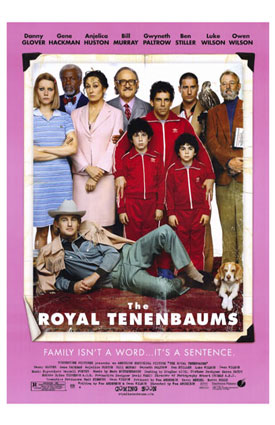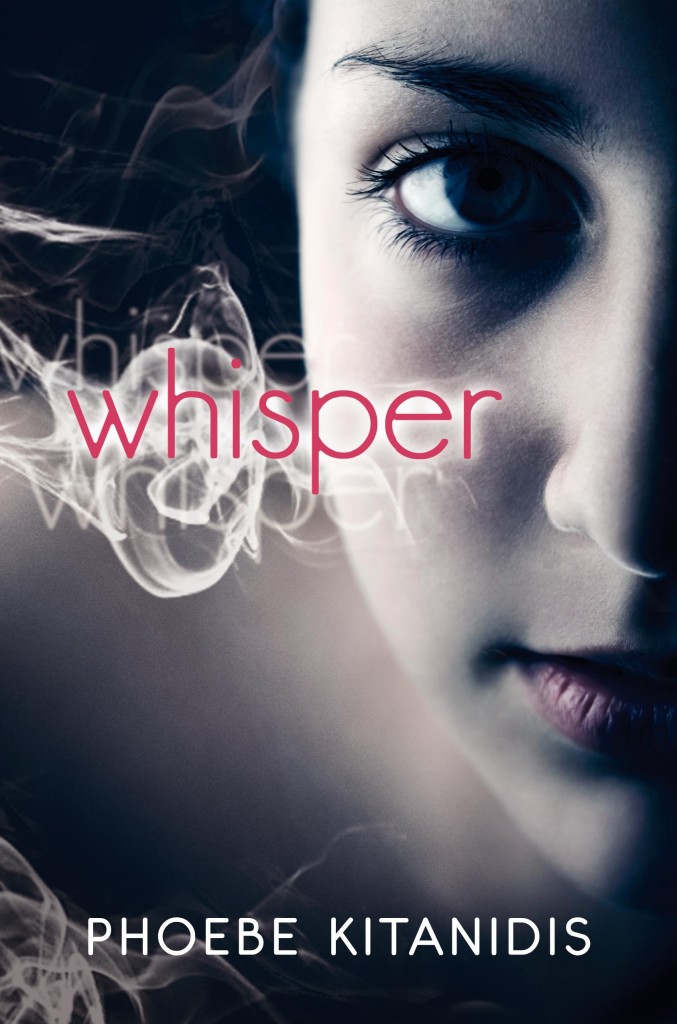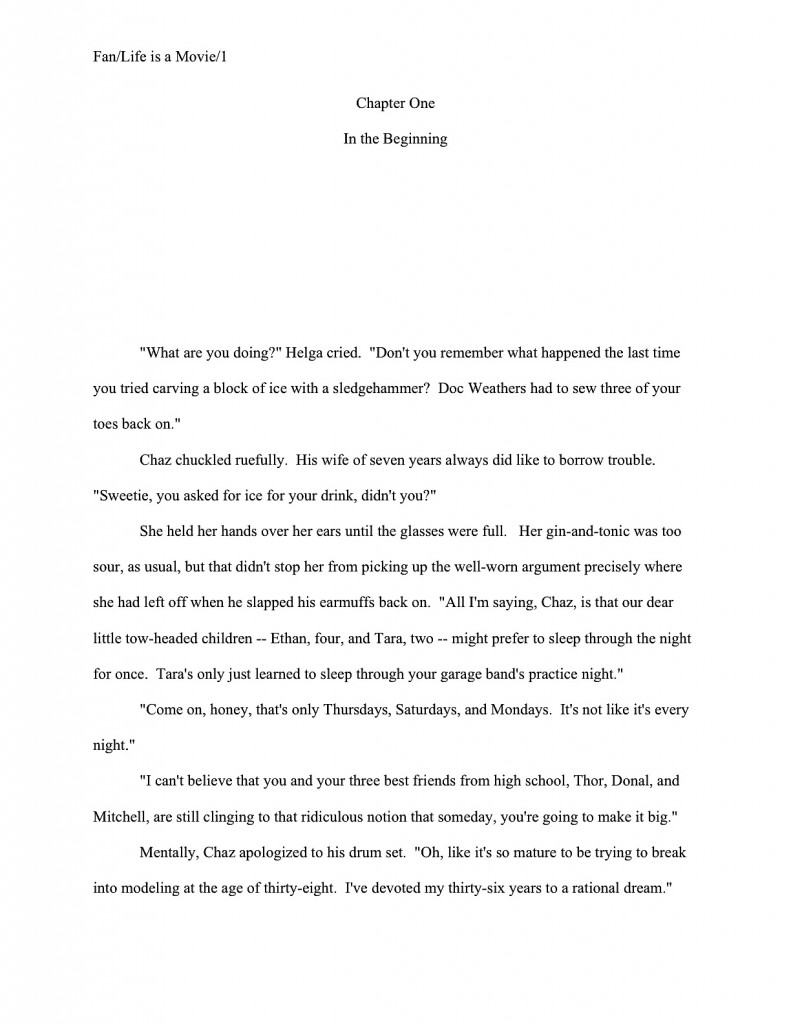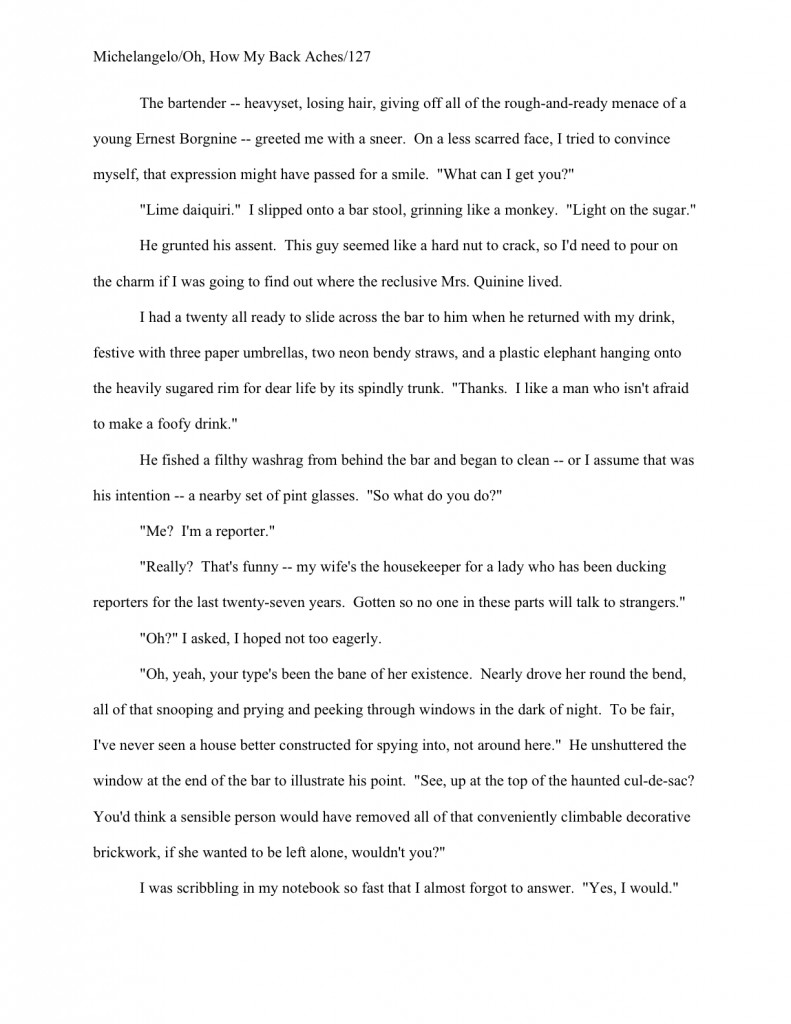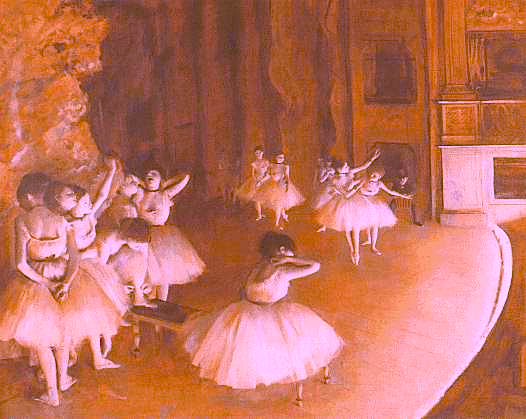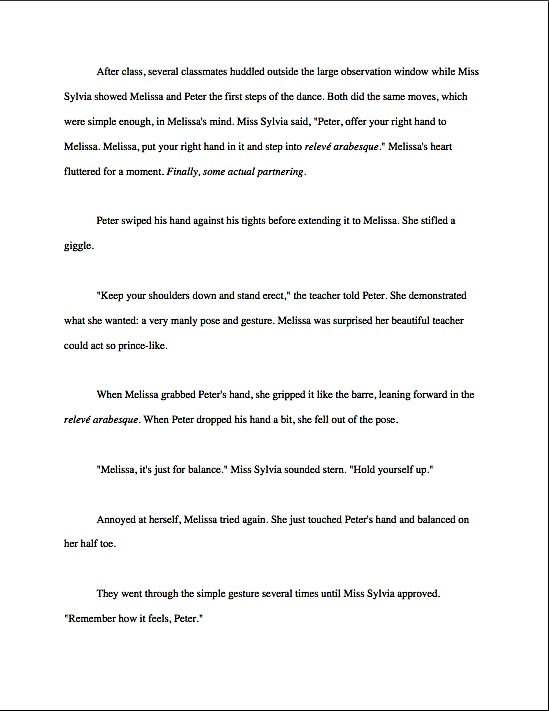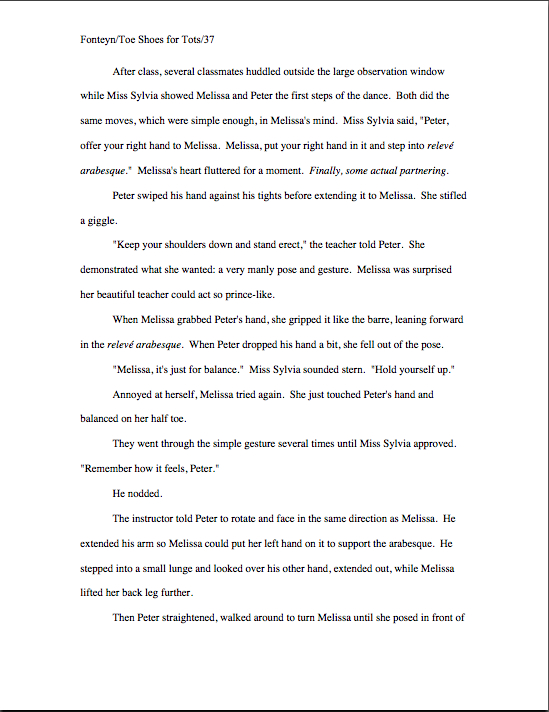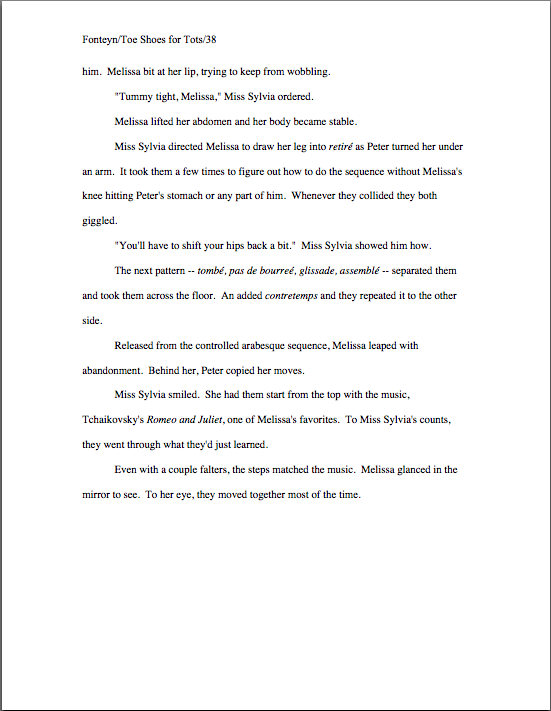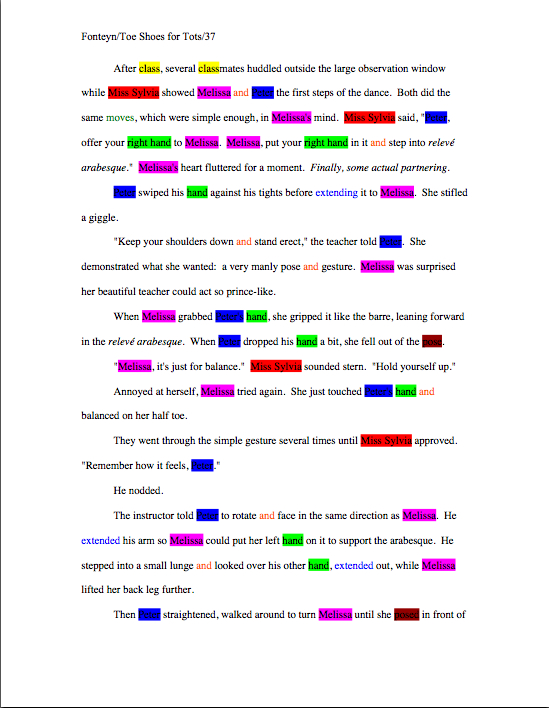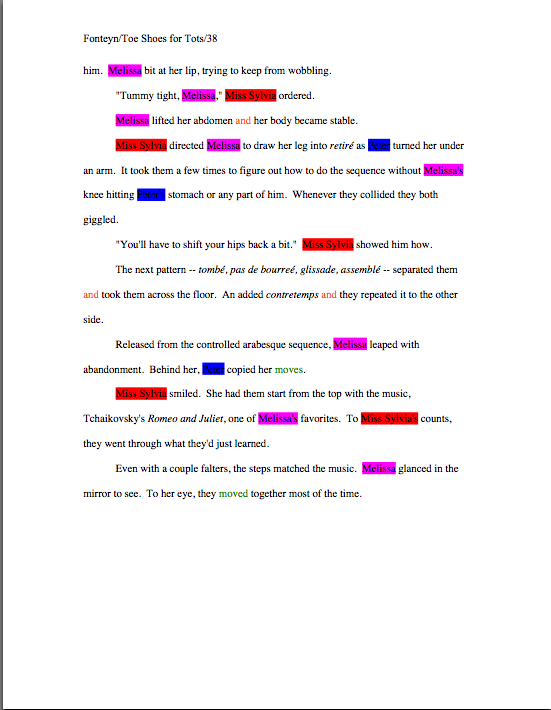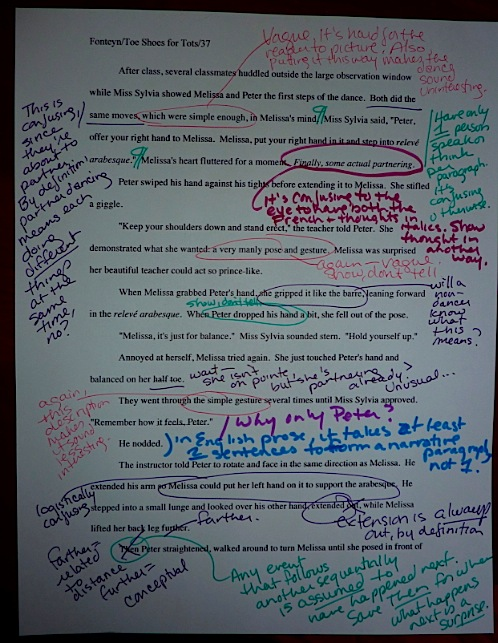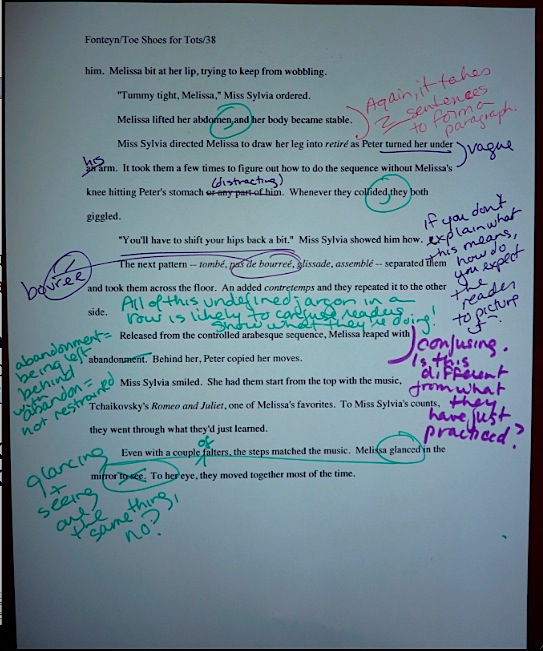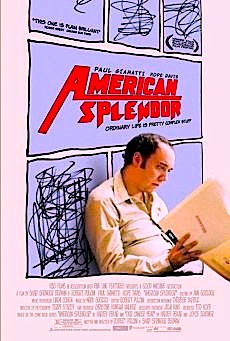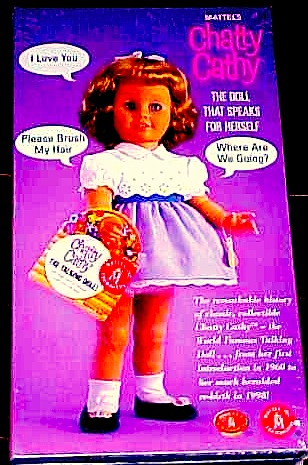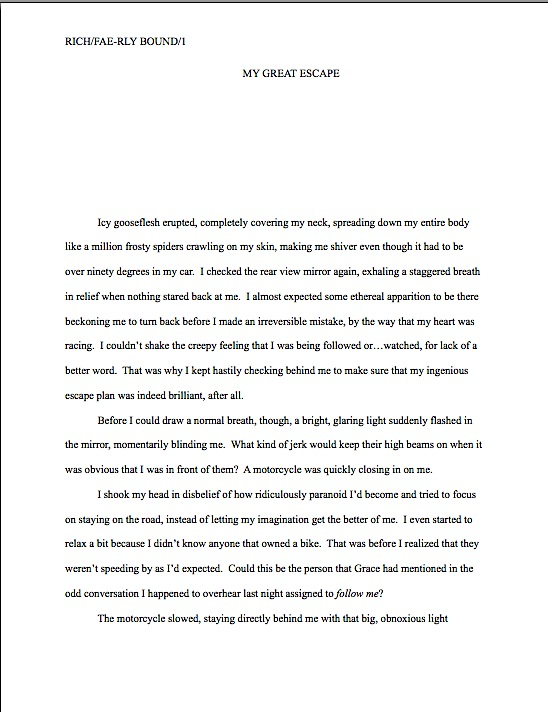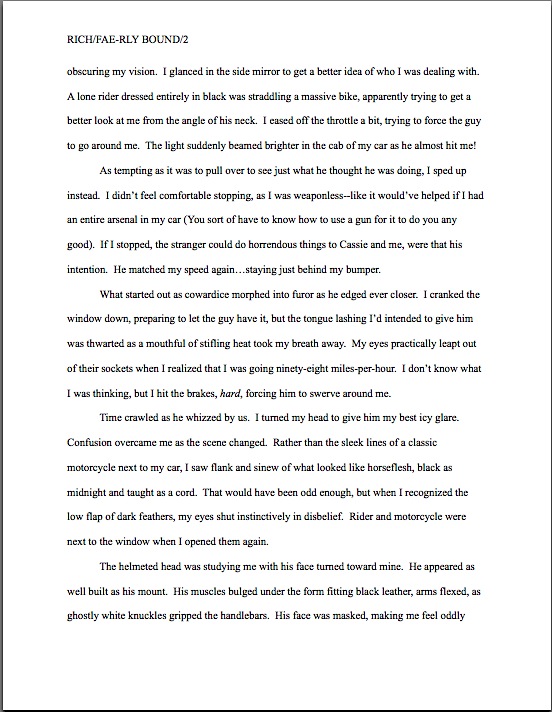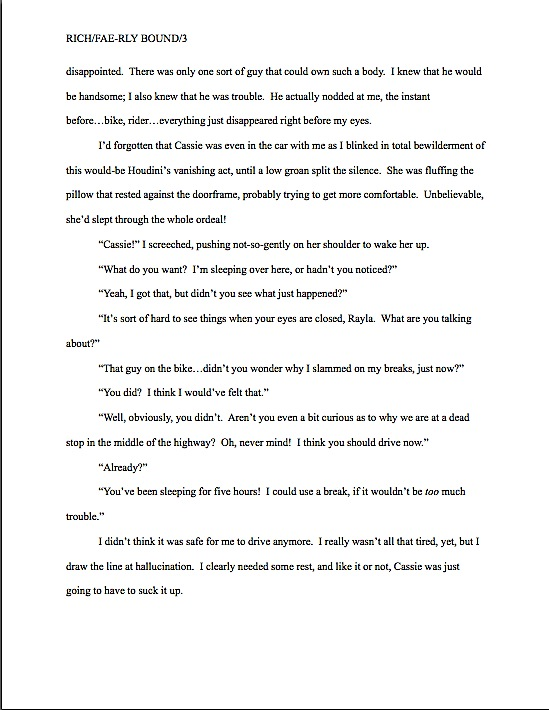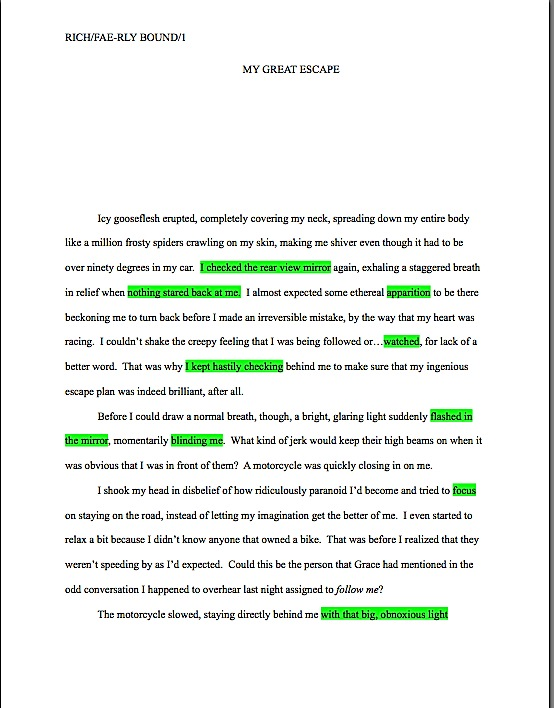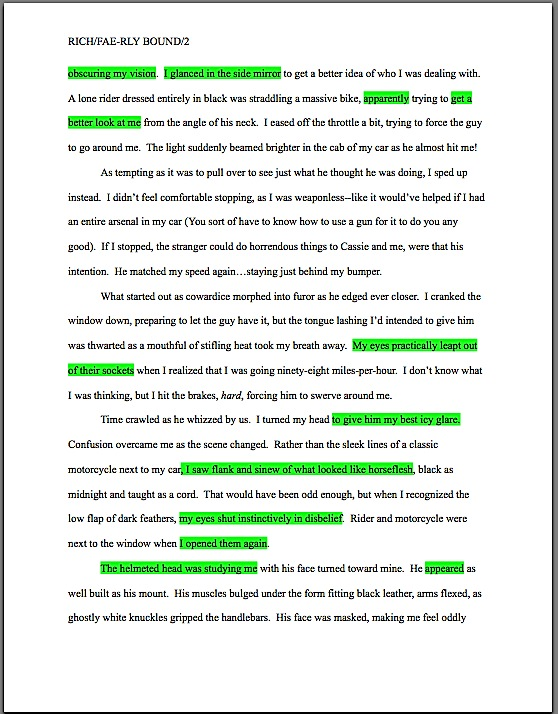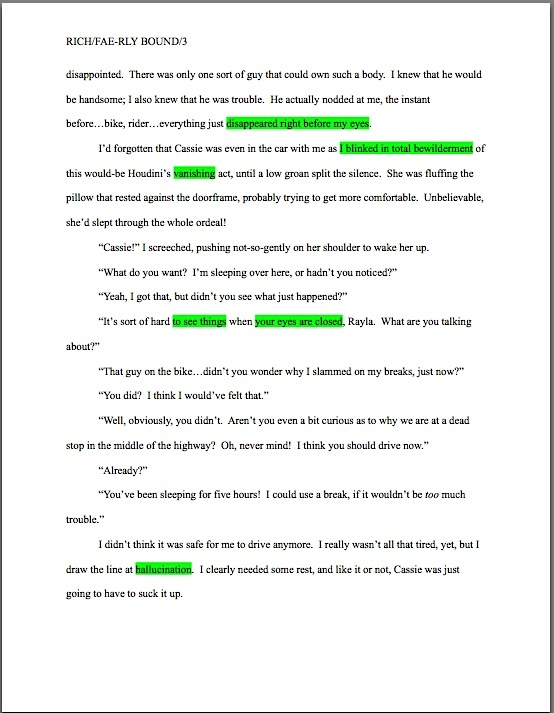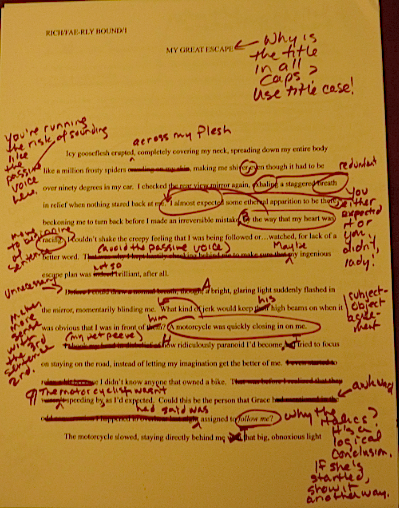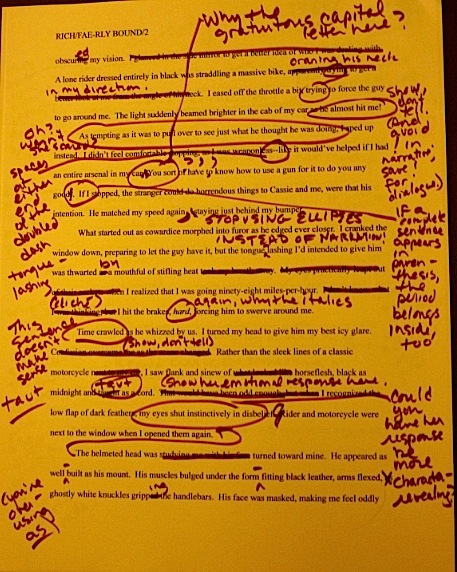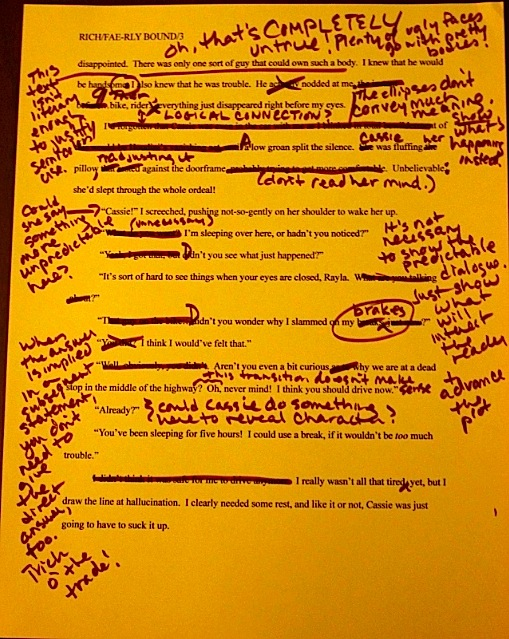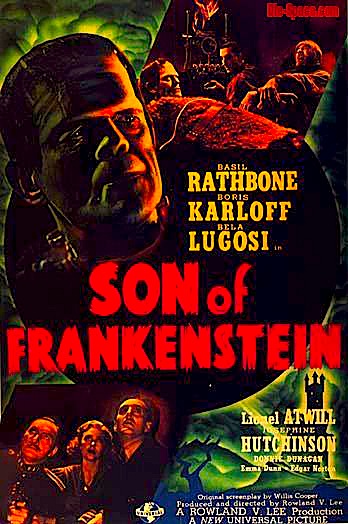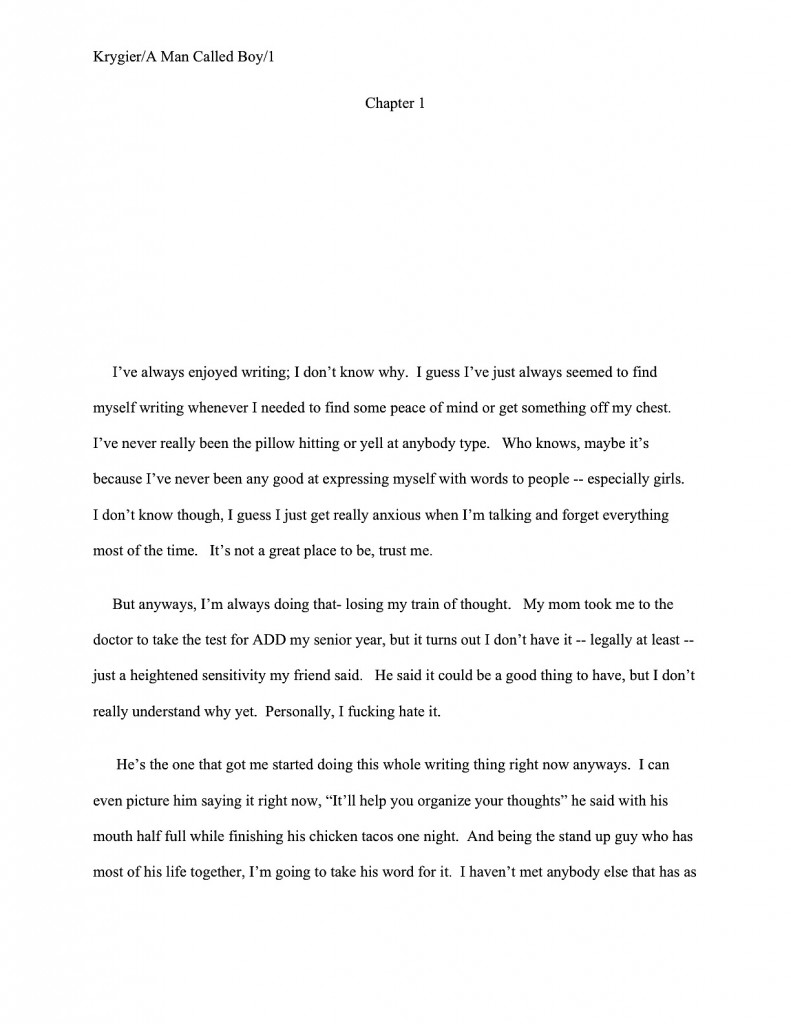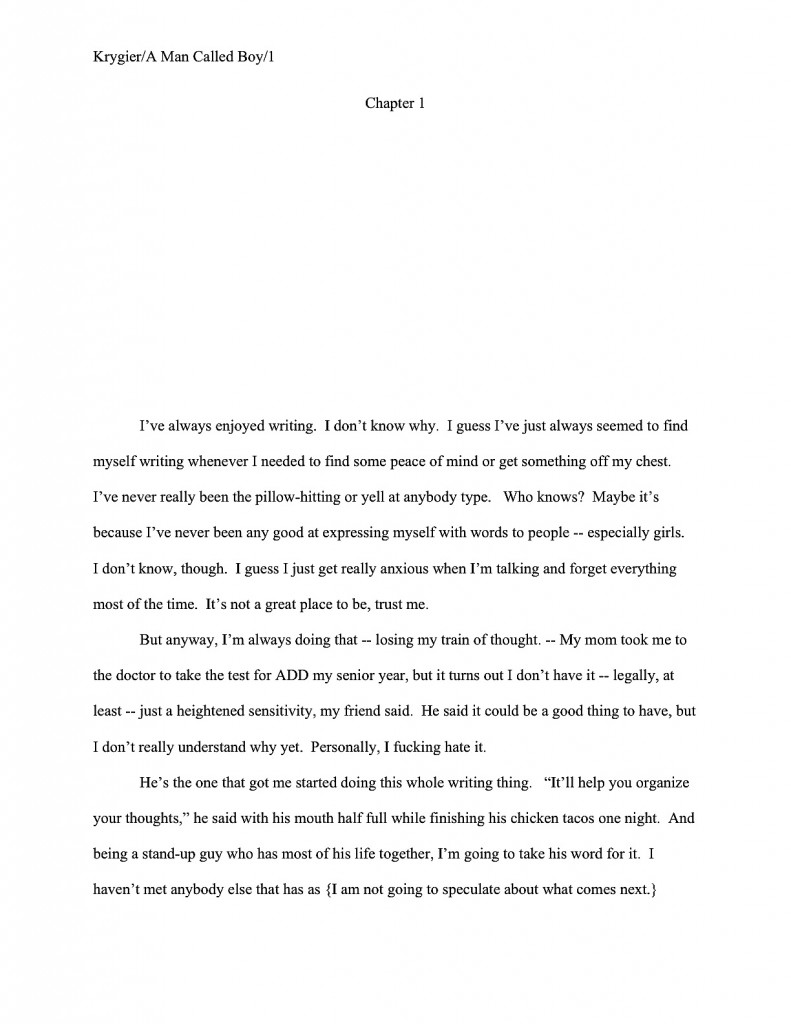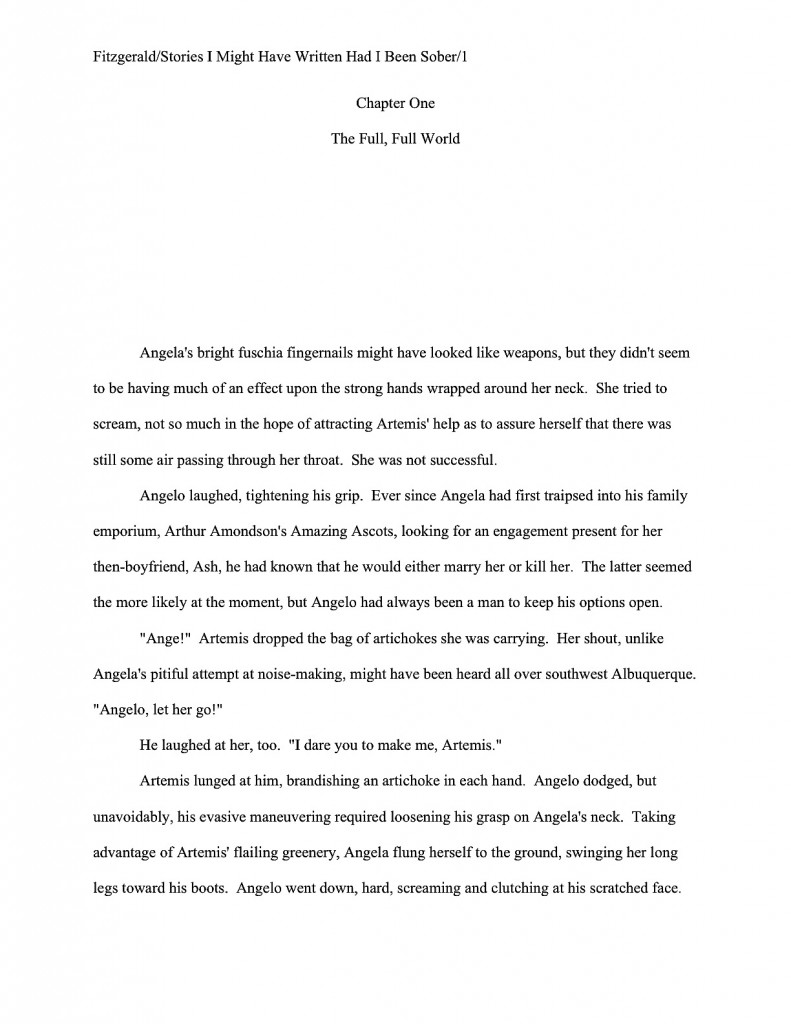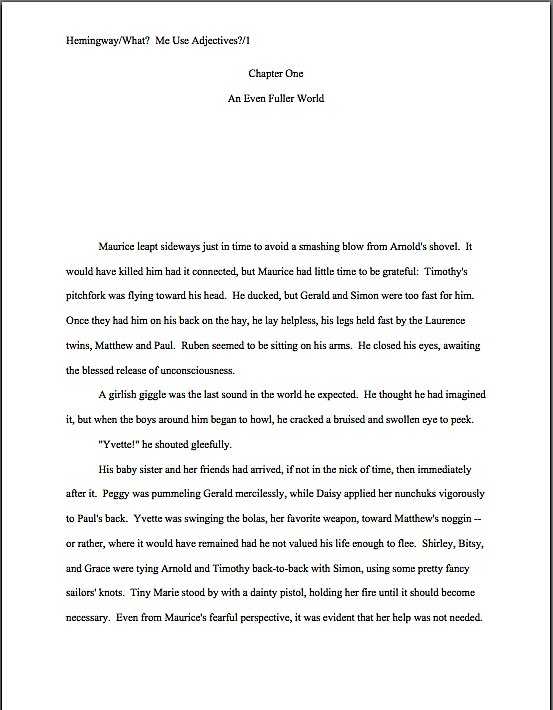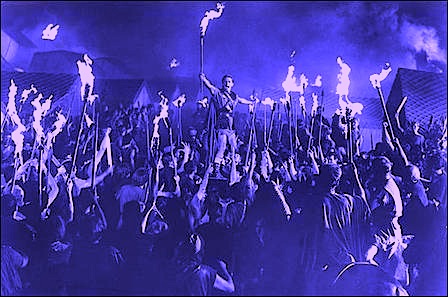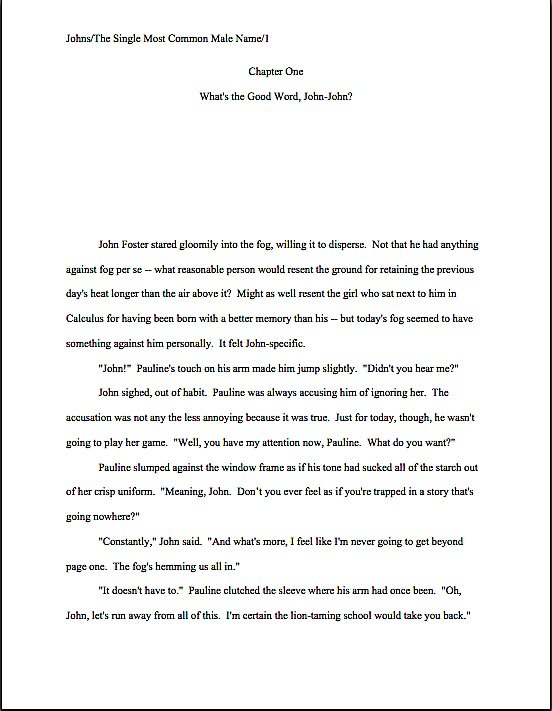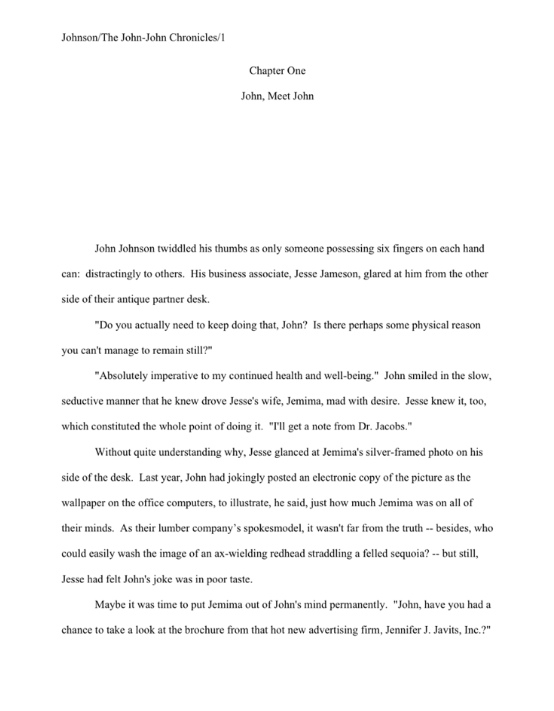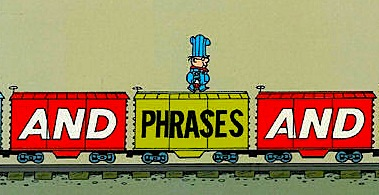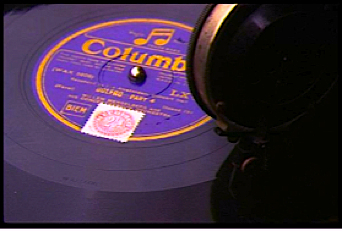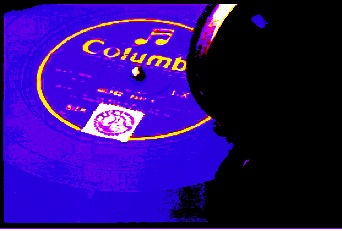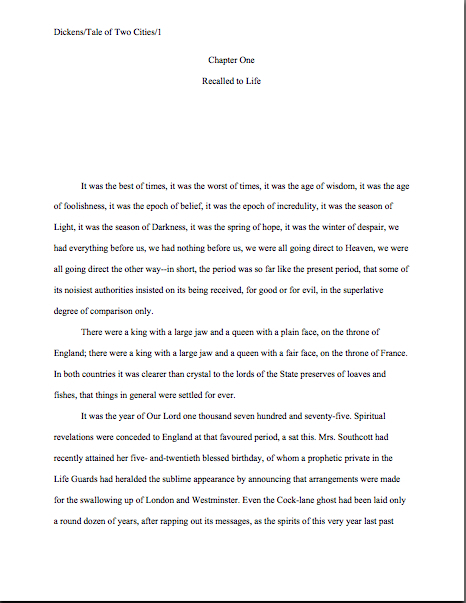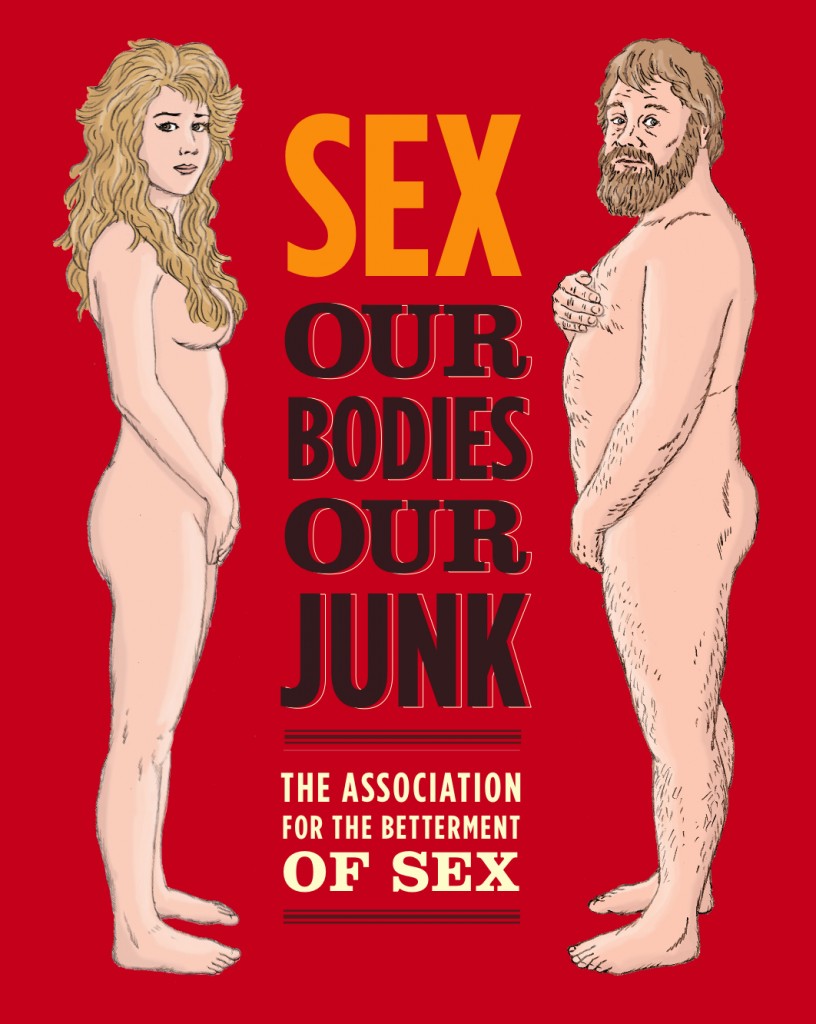
I find myself in a quandary today, campers: I want to announce — nay, trumpet — the release of FAAB (Friend of Author! Author! Blog) Mike Sacks’ new book, SEX: OUR BODIES, OUR JUNK from Random House today. Don’t get me wrong — I don’t have any reservations at all about recommending this hilarious take-off on the Boston Women’s Health Collective’s venerable reference classic, OUR BODIES, OURSELVES. (What took that so long to happen, eh?) It’s funny, it’s comprehensive, and it’s written by a group of well-respected comedy writers under the collective pseudonym the Association for the Betterment of Sex.
What’s not to like?
So what’s the crux of my quandary, you ask impatiently? If I posted the publisher’s blurb for this book verbatim, as is my wont with new releases, most Internet filters of the type employed by parents and public libraries would block this post.
Oh, you may laugh at a screening program’s not being bright enough to tell the difference between comedy and {WORD EXPUNGED}, but it’s actually true — and I find that annoying, as I suspect a lot of smart teenage readers (and public library-users, for that matter) would enjoy Mike’s writing quite a bit. Pardon me while I rack my brains, searching for a way around this knotty problem.
That’s knotty, not naughty, screening program.
Those of you who have been hanging out here at Author! Author! for a while may remember Mike’s guest post last year, a fabulous discussion of the art of being funny with legendary comedy writer Merrill Markoe. I’ve been busily blandishing Mike behind the scenes into gracing us again with his insights on comedy writing; since I’m a champion author-blandisher, I suspect that I shall succeed. (Watch this space, comedy writers.)
Those of you interested in getting tips from the best might also remember him as the interviewer and compiler of AND HERE’S THE KICKER: CONVERSATIONS WITH 21 TOP HUMOR WRITERS ON THEIR CRAFT, a fascinating and very useful volume, containing sections billed as Quick and Painless Advice for the Aspiring Humor Writer, on topics that should make aspiring writers’ hearts sing. To name but three:
Getting Your Humor Piece Published in The New Yorker
Finding a Literary Agent for Your Humor Book Idea
Acquiring an Agent or Manager for Your Script
Ah, how well I recall plugging AND HERE’S THE KICKER last year. It was a simpler time, a happier time, when good new releases had family-friendly language in their blurbs…
All right, already: I’m going to throw caution to the winds and post the publisher’s blurb for OUR BODIES, OUR JUNK. Darn the torpedoes, so to speak; I would like to see my teenage readers have access to both this book and OUR BODIES, OURSELVES. To ascertain that this post will be visible to as many of my regular readers as possible, though, I shall simply place a few discreet visual barriers in front of the words and concepts that might prove problematic.
GOOD GOD—YOU’RE DOING IT ALL WRONG . . .
The Association for the Betterment of Sex (A.B.S.) presents Sex: Our Bodies, Our Junk, a radical and invaluable resource for improving your sexual communication—whether you have been in a committed relationship for years, or have just moments ago removed the shrinkwrap from your new {EXPUNGED}.
Here are just a few sensual revelations you’ll find within these pages:
– The precise location of the female {EXPUNGED} (latitude and longitude)
– “Going on tour with Midnight Oil” and more outmoded {EXPUNGED} slang
– Forced perspective and other techniques for visually enhancing the size of {EXPUNGED}
– The Top Five pastry-related euphemisms for {EXPUNGED}
– How to score big at your next {EXPUNGED} party, with our crowd-pleasing ambrosia-salad recipe
– Listings of “Don’t ask, Don’t tell” dry-cleaning services, for freshening up your vinyl {EXPUNGED} or adult-sized {EXPUNGED} costume
– Your first {EXPUNGED}, and how the ancient Mayans predicted it wouldn’t go over so hot
Exhaustively researched and fully illustrated, Sex: Our Bodies, Our Junk is a must-read for you, your sexual partner(s), and anyone who wishes there was more to sex than {EXPUNGED} for a few seconds and begging for forgiveness.
Now that we’ve celebrated Mike’s new release, let’s get back to the topic at hand: dialogue revision. (If you can manage to drag your mind away from speculating about all of those expunged words and phrases, that is. I’ve said it before, and I’ll say it again: a little artistic draping of the essentials can actually be quite a bit sexier on the page than {EXPUNGED}.)
At the risk of setting the filtering programs’ red lights flashing, enjoy!

I went to see THE PEARLFISHERS at the Seattle Opera again last night; since the tenor had been practically inaudible with the cast we saw the first time, we went back and saw the other, in which the baritone was practically inaudible. Oh, well, you can’t have everything — where would you put it? (As comic Stephen Wright has been asking plaintively for years. One should never borrow a good joke without attributing it.)
During opera mach II, I was thinking about you fine people and the list of common reasons submissions get rejected on page 1 we’ve been discussing, admittedly a bit one-sidedly, for the last couple of weeks. During the protracted opening scene with the acres of milling supernumeraries and ten minutes of heavily Balanchine-influenced prancing around (don’t even get me started on the five minutes of dance in Act III that was apparently lifted directly from THE PRODIGAL SON), I kept murmuring to myself, “Um, haven’t we heard this dialogue already? And is it really necessary to tell the audience fifteen times that you’re dancing when the choreographer has placed ocular evidence at the front of the stage?”
I suppose that my response could be regarded as a sort of SCARED STRAIGHT for would-be editors — this is where hardcore manuscript screening leads, kids — but seriously, the opera’s first ten minutes ran afoul of a hefty percentage of our cringe list for manuscript openings. For instance:
3. The opening was about setting, not about story.
6. Took too long for anything to happen.
7. Not enough happens in the opening.
24. The opening spent too much time describing the environment, and not enough on character.
32. Where’s the conflict?
38. Repetition (all of that explanation that they’re dancing in Sri Lanka)
39. Too many generalities.
51. Hollywood narration
It just goes to show you: judging one art form by the standards of another isn’t all that productive — so any of you who are planning to defend repetitious or Hollywood narration-based dialogue to your future agents and editors as something done in movies, plays, or on opera stages all the time might want to think twice.
I just mention. Back to not entirely unrelated business.
I’m writing today’s post between appointments, balanced on the rather unstable table of a coffee-purveying chain that shall remain nameless. While I’ve been sitting here, I’ve been doing the dialogue experiment I suggested to you last time, and I freely admit it: I was mistaken in telling you that 99.9% of overheard conversations would not work in print.
Based on today’s sample, I radically overestimated how much would be bearable as written dialogue.
It may be that the patrons’ caffeine purchases haven’t hit their bloodstreams yet, but if what they said had turned up on the submission page, our old pal Millicent the agency screener would have been reaching for the Xeroxed rejection letters within seconds. You wouldn’t believe how similar the things one customer says to a barista are to the things the next customer says, and the next.
Which brings me to #31 on our list of common reasons submissions get rejected before the list, real-life incidents are not always believable on paper. If I may be so bold as to elaborate upon this excellent observation, permit me to add: and neither is real-life dialogue, necessarily.
This is a point I harp upon this particular point with fair regularity (and if you doubt that, please see the posts under the aptly-named BUT IT REALLY HAPPENED THAT WAY! category on the archive list at right), I’m not going to dwell too long upon why any writer who includes a true incident within a fictional story needs to make absolutely certain that the importation is integrated seamlessly into the novel. Suffice it to say that real-life events are so frequently shoved into otherwise fictional accounts wholesale so often that any Millicent worth her weight in lattes soon learns to spot ‘em a mile away.
Already, I sense some readerly disgruntlement out there. “But Anne,” some writers of the real point out querulously, “one of the virtues of fiction is the insight it gives the reader into life as it is actually lived. So how precisely is it a remotely negative thing if Millicent mutters over my manuscript, ‘Oh, that bit seems real’?”
Counterintuitive from the writer’s perspective, isn’t it? It’s a storytelling problem, at base: while there’s nothing inherently wrong with incorporating real events into a fictional narrative, it’s undoubtedly jarring for the reader trundling along merrily within a fictional reality to suddenly be confronted with a scene or incident that is, as the LAW AND ORDER folks like to say, ripped from the headlines.
Why? Because anything that pulls the reader out of the story by breaking the smoothness of the narrative’s worldview is bound to be distracting.
Which is a nice way of hinting obliquely that aspiring writers very frequently just drop in real elements — and real dialogue — into a story as if their very veracity were sufficient excuse to include them. From the reader’s point of view, that’s just not true; to get and remain involved, the story in from of him must appear to be one unbroken piece.
“But Anne,” the disgruntled pipe up again, “I can understand where that might be problematic in mid-book, after the story has gotten up and running, but on page 1, there isn’t an already-established narrative line to break, is there? It seems to me that if I should be dropping real elements into my writing wholesale — which I fully understand that you’re advising me not to do — page 1 would be absolutely the safest place to do it.”
Interesting argument, but no: strategically, you’re going to want page 1 to exhibit not only your best writing — the better to entrance Millicent, my dears — but to be representative of the writing throughout the rest of the book. If, as is often the case in dialogue, the real is not as compelling as the fictional, it’s not going to be as effective an introduction to the rest of the book as a writer might like.
One of the things we’ve learned in this series is that in order to be grabbed by a manuscript, Millicent needs to be sufficiently charmed by the narrative voice and storyline from the very first sentence, so it is imperative for the writing to establish the author’s unique voice and worldview right away. If that first sentence — or anything on the first page, really — is at odds with the rest of the narrative, the transition is going to feel rocky whenever it comes.
And if that displacement rocks the reader’s willing suspension of disbelief on page one, it’s going to be pretty difficult for the reader to sink into the story. Particularly if that reader is as jaded to the practice as Millicent.
But I said I wasn’t going to lecture you on the inherent perils of dropping the unpolished real into your manuscripts, didn’t I? Honestly, all I intend to do is nudge you gently about making sure that the narrative in including such incidents is not biased to the point that it will tip the reader off that this IS a real-life event. I’m not even going to remind you that, generally speaking, for such importations to work, the author needs to do quite a bit of character development for the real characters — which most real-character importers neglect to do, because they, after all, know precisely who they mean.
No, today, I’m going to concentrate on the other side of including the real, the way in which the panelists used it: the phenomenon of including references to current events, pop culture references, etc. in a novel.
The editorial advice against utilizing such elements dates your work is older than the typewriter: Louisa May Alcott was warned to be wary about having characters go off to the Civil War, in fact, on the theory that it would be hard for readers born after it to relate to her characters. (And if you doubt that, try explaining to a 14-year-old why any bystander was shocked when Rosa Parks declined to proceed to the rear of a certain bus.)
Many, many aspiring writers forget just how long it takes a book to move from its author’s hands to a shelf in a bookstore: longer than a Congressional term of office, typically, not counting the time it takes to find an agent. Most of the time, an agent will ask a just-signed author to make revisions upon the book before sending it out, a process that, depending upon the author’s other commitments — like work, sleep, giving birth to quintuplets, what have you — might take a year or more.
Then the agent sends out the book to editors, either singly or in a mass submission, and again, months may pass before they say yea or nay.
This part of the process can be lengthy, even for a book that ultimately sells very well indeed. Even after an editor falls in love with a book, pushes it through the requisite editorial meetings, and makes an offer, it is extraordinarily rare for a book to hit the shelves less than a year after the contract is signed.
Often, it is longer — so a reference that seemed fresh as paint (where that cliché come from, do you suppose?) when it fell off the writer’s fingertips onto the keyboard will almost certainly be at least two and a half years old before it reaches readers of the published book.
Think how dated a pop culture reference might become in that time. It might even generate — heaven forfend! — a bad laugh, a chuckle unforeseen by the author that jars the reader out of the world of the story.
Believe me, agents and editors are VERY aware of just how quickly zeitgeist elements can fade — so seeing them in a manuscript automatically sends up a barrage of warning flares. (Yes, even references to September 11th.)
About seven years ago, I was asked to edit a tarot-for-beginners book. I have to say, I was a trifle reluctant to do it, even before I read it, because frankly, there are a LOT of books out there on the tarot, so the author was seeking to add to an already glutted market niche. (If memory serves, tarot books were at the time on the Idiot’s Guide to Getting Published list of books not to write.) So, as I tried to explain gently to the writer, this manuscript was heading for agents and editors with one strike already against it.
The second strike was a superabundance of references to the TV shows of the year 2001. In an effort to be hip, its author had chosen to use characters on the then-popular HBO show SEX & THE CITY to illustrate certain points. “In five years,” I pointed out, “this will make your book obsolete. You want readers to keep finding your book relevant, don’t you? Could you possibly come up with less time-bound examples?”
The author’s response can only be adequately characterized as pouting. “But the show’s so popular! Everyone knows who these characters are!”
She stuck to her guns so thoroughly that I eventually declined to edit the book; I referred her elsewhere. About a year and a half later, she contacted me to gloat: she had managed to land an agent, who did manage, within the course of another year, to sell the book to a small publisher.
The book came out at almost exactly the time as SEX & THE CITY went off the air. It did not see a second printing.
My point, shout you care to know it: be careful about incorporating current events, especially political ones, into fiction manuscripts — and seriously consider excising them entirely from your first few pages, unless the book is set more than 20 years ago. The chances that Millicent will immediately exclaim, “Well, that’s an interesting example/analogy/temporal marker, but it’s going to read as dated by next week,” are just too high.
Yes, yes, I know: you can’t walk into a bookstore without seeing scads and scads of nonfiction books on current events, even ones recent enough that they could not possibly have gone through the lengthy pre-publication process I’ve just described. The next time you are in that bookstore, take a gander at the author bios of these books: overwhelmingly, current events books are written by journalists and the professors whom they interview. It is extraordinarily difficult to find a publisher for such a book unless the writer has a significant platform.
Being President of Pakistan, for instance, or reporting on Hurricane Katrina for CNN — and at this point, even the latter might well strike an agent or editor as a dated credential. Mainstream culture marches on FAST.
Present-day Anne here: as is abundantly illustrated by just how outdated that Hurricane Katrina reference seems now. It was just-out-of-the-oven fresh when I first drafted a version this post — and still pretty strongly in the public consciousness when I ran an updated version a year and a half ago. Sic transit gloria.
One last point about pop or political culture references: if you do decide to disregard my advice entirely — oh, I have no illusions left about writers’ reactions to even the best editorial advice, at this point — and include present-day references, double-check to make sure that you’ve spelled all of the names you cite correctly. Not only people’s names, but brand names as well.
Stop laughing; this is a mistake I see constantly as a contest judge, and it’s usually enough to knock an entry out of finalist consideration, believe it or not. Seriously. I once saw a quite-good memoir knocked out of finalist consideration solely for referring to a rap band as Run-DMV.
Half of you didn’t laugh at that, right? That joke would have slayed ‘em in 1995. See what I mean about how fast pop culture references get dated?
Make sure, too, that the sources you consult for verification are reliable; remember, it’s not as though everything currently posted on the Internet is spelled correctly. If you’re in serious perplexity about where to turn to double-check, call your local public library and ask where to start looking.
But whatever you do, don’t just run them through a spell-checker — because the more up-to-the-minute those names are, the less likely your spell-checking program is to be aware of them — or check with kith and kin, who may also have been laboring under your misconception that it’s FDR that delivers flowers, rather than FTD.
Not that I wouldn’t pay good money to see President Roosevelt show up on my doorstep bearing a bouquet, mind you. I’m just saying that Millicent up on her presidential history might be a trifle startled to see him navigating a wheelchair festooned with stargazer lilies into her cubicle today.
There’s an important lesson to take from this, over and above the perennial proofreading imperative to get technical matters right before submitting pages containing them: ultimately, the written word is for the ages, not the moment.
That can be easy to forget in catering to agents focused on what’s selling to publishing houses right now, but it’s true, nevertheless. Nothing ages as quickly (or as badly) as last year’s pop culture reference.
Or, to get back to my initial nag, as last year’s cool catchphrase. If you’re devoted to reproducing actual conversation, you might want to bear that in mind, because, as anyone sentenced to listen to ambient chatter in a café could tell you, everyday conversation is loaded with catchphrases and references that would make the reader of ten years from now mutter, “Huh?” under her breath.
And the well-trained Millicent to shake her head over them right now. Choose your references carefully, everybody, and keep up the good work!

